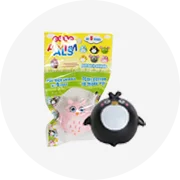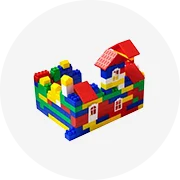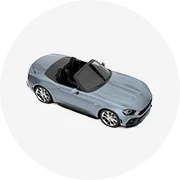


















A landscape block is a construction block that comes in various shapes, sizes, materials, and textures. They are designed to retain soil or create yard division, making them an excellent choice for building a retaining wall or a freestanding wall. Other landscape block ideas include creating walking paths, planters, outdoor kitchens, and terraces.
There are different types of landscape blocks available. The Standard Concrete Block (CMU) is the most common type of block. They are widely available and easy to work with, providing aesthetic value and robust structural integrity. Standard concrete blocks are often covered with an attractive veneer of stone, brick, or decorative masonry units to offer more aesthetic value.
Another common type of landscape block is the split face blocks, which are concrete blocks that have been textured to look like natural stones. They are an excellent choice for modern designs and can be combined with concrete and stucco for more variety.
Natural stone blocks make the nicest-looking walls of all. They are available in a wide variety of styles and sizes. Others include hollow core blocks and rubble wall blocks.
Landscape block maintenance is essential to ensure the longevity and durability of retaining walls. Ground cover growth is vital for re-routing and absorbing water along the retaining wall.
Weed control is also essential since weeds can grow in the cracks between the blocks, which can cause damage to the wall. Regular weeding can help prevent this problem.
Another vital maintenance tip is surface treatment. Once a new retaining wall is completed, the surface areas surrounding the wall that were disturbed during construction are typically finished with some type of landscape treatment. This might include paving, landscape plantings, mulch, sod, seed for turf, or some kind of ground cover.
Additionally, landscaping bricks should be inspected annually. The goal is to detect low spots and areas that have settled.
Crushed gravel can be used to fill in the back and sides of the blocks. Backfill helps with water drainage. Compact the backfill before starting on the next row of blocks. It’s essential to clean and sweep the surface of the blocks regularly to prevent dirt and debris from accumulating.
Landscape block wall installers should know the design and planning process, installation, backfill, proper drainage, maintenance, and the different types of landscape blocks available. With such information, they can easily ensure the longevity and durability of retaining walls.